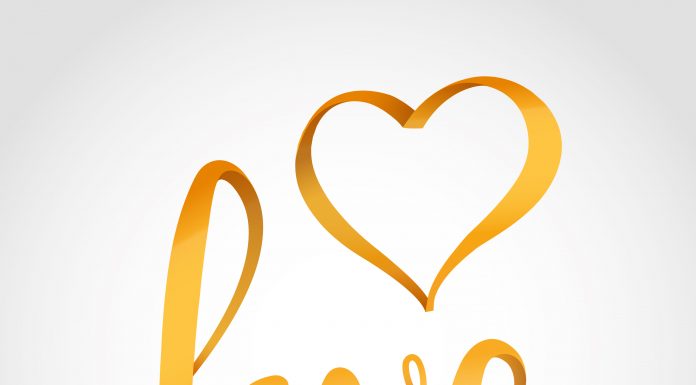It can be really tough to know when you need to be protecting your hearing or not.
Of course, there are the obvious places such as a car race or front row at a rock concert but there are many other situations we normally don’t think of. Recently, my family and I went out for breakfast to a small local establishment and the noise levels that I measured were enough to put our ears at risk because of an unexpected sports fan club that was meeting for an early morning soccer match.
How do you know when loud becomes too loud?
There are two factors that determine whether hearing protection should be used: intensity and duration.
If a sound is a loud enough intensity, it does not take long before permanent damage can occur. A loud, but not extremely loud sound can be listened to for a longer duration before there is damage. The guidelines that are use is 85dB of intensity requires hearing protection at 8 hours of exposure. As soon as you double the intensity, you half the duration of exposure. Because of the decibel being a logarithmic scale, increasing the sound by 3 decibels is double the physical sound pressure. That means you can listen to 88 dB for 4 hours, 91 dB for 2 hours, 94 dB for 1 hour…
That’s all fine and dandy, but what the heck is 94 dB? 94 dB sound is a drill boring through a piece of lumber, a belt sander or a blender. To test real world scenarios, I took some measurements at a local establishment while gathering with a group of friends last night. We peaked at 102.6dB. At that intensity we ran the risk of permanent damage to our ears if it had continued at that level for merely seven and a half minutes. I do not want to suggest that you should put earplugs in when you go out for dinner, but that you should be aware of how close we can be in our daily lives to putting ourselves at risk.
If you own a smartphone, you can download free apps which will measure the sound with reasonable accuracy. Being an apple user, I am a fan of the app “Decibel X”, but there are many others available, also on the Android platform.
One of the greatest risks now is music through earbuds.
Most of us have a smartphone in our pocket which can play music. Many people make use of this handy feature by using small and lightweight earbuds. As a music lover myself I can certainly understand the appeal but again you must watch for intensity and duration. The general guideline is 60% volume for no longer than 60 minutes. It should go without saying, but additional accessories which make the music even louder must be avoided. The use of headphone amplifiers on full blast can cause permanent damage to your hearing in as little as 1.75 seconds!!
Lastly, it is important to know what type of earplug to use.
Most people in most scenarios do quite well with the standard disposable foam plugs. The drawback tends to be uniquely shaped ear canals which eject the plug or experience discomfort. The most important part in inserting any earplug is ensuring they are used correctly! Disposable earplugs must be squeezed to make as small as possible and inserted fully into the ear to ensure the entire length of the plug is in the ear canal. If it is not fully inserted it will not provide the proper protection. Believe it or not, the custom molded variety tend to not work as effectively at blocking the sound. They are however a fantastic option if you cannot properly use the disposable version for the reasons already mentioned. If you are in a very extremely noisy environment, be safe and double up your protection by wearing earplugs with a pair of earmuffs overtop.
You can never overprotect your hearing!























